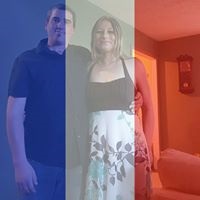Which of these is the most powerful piece in the game of chess?
Chess is a board game for two players. It is played in a square board, made of 64 smaller squares, with eight squares on each side. Each player starts with sixteen pieces: eight pawns, two knights, two bishops, two rooks, one queen and one king. The goal of the game is for each player to try and checkmate the king of the opponent. Checkmate is a threat ('check') to the opposing king which no move can stop. It ends the game.
The queen is the most powerful piece in the game of chess, able to move any number of squares vertically, horizontally or diagonally, combining the power of the rook and bishop. Each player starts the game with one queen, placed in the middle of the first rank next to the king. Because the queen is the strongest piece, a pawn is promoted to a queen in the vast majority of cases.
In the Persian game of 'shatranj', the ancestor of chess that included only male figures, the closest thing to the queen was the 'ferz', a weak piece only able to move or capture one step diagonally and not at all in any other direction. The modern chess queen gained power in the 15th century.
In most languages the piece is known as "queen" or "lady" (e.g. Italian 'regina'). Asian and Eastern European languages tend to refer to it as 'vizier', 'minister' or 'advisor' (e.g. Arabic/Persian 'wazir', Russian 'ferz'). In Polish it is known as the 'hetman' – the name of a major historical military-political office, while in Estonian it is called 'lipp' ("flag", "standard").
More Info:
en.wikipedia.org








